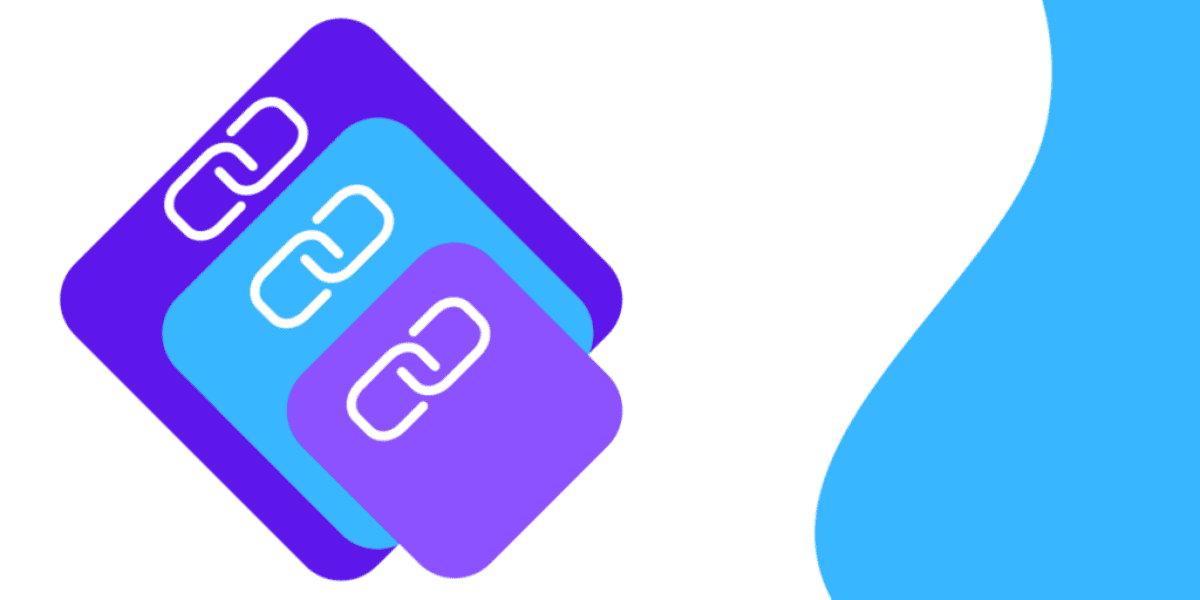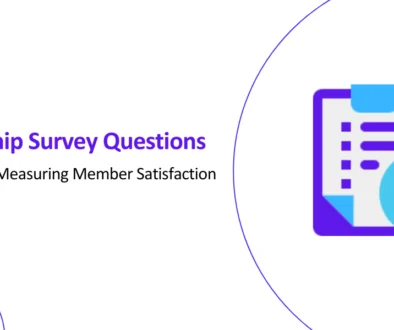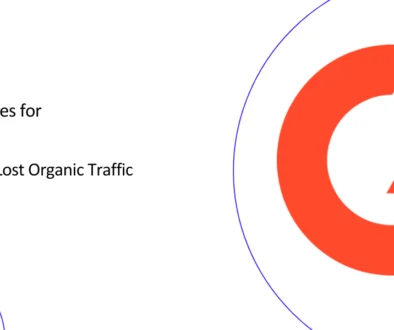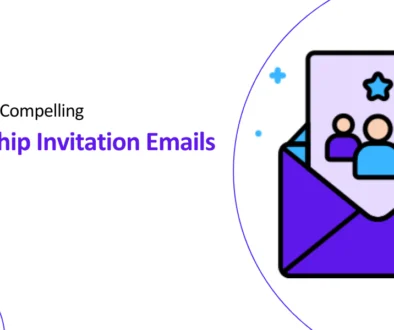What is Tiered Link Building? Is It Relevant in 2023?
Tiered link building is a risky SEO strategy that can significantly improve your website’s ranking in search engine results pages (SERPs). However, it is time-consuming, resource-intensive, and can be considered a black hat SEO practice by Google if done incorrectly. As a result, you may face penalties for using tiered link building.
But tiered link building is still relevant in 2023, but it’s important to use it strategically and in a way that is consistent with Google’s guidelines, specially the ones against automatically generated content, link schemes, , and scraped content.
What is tiered link building
Tiered link building is an SEO strategy that involves creating a pyramid of backlinks to your website. The top tier consists of high-quality backlinks from authoritative websites, while the lower tiers consist of backlinks from less authoritative websites. This pyramid structure helps to dilute the impact of low-quality backlinks and pass on more link juice to your website.
To implement tiered link building, you first need to identify the money pages on your website that need links. Then, you build backlinks to those money pages from high-quality websites. Next, you build backlinks to those high-quality websites from less authoritative websites. This creates a pyramid of backlinks that points to your website and helps to pass on link juice.
What Are Tier 1 Links?
First-tier links are backlinks that point directly to your website from high-authority websites. They are the most valuable type of backlink and can have a significant impact on your search rankings. However, they can be difficult to obtain, as editors at these websites typically respond to only 8.5% of outreach emails.
There are two main ways to build first-tier links: guest blogging and creating your own blogs on platforms that allow dofollow links. Guest blogging is a good way to reach a relevant audience and get your content in front of potential customers. Creating your own blogs can be more labor-intensive, but it gives you more control over the content and the links.
What Are Tier 2 Links?
Tier 2 links are less important than Tier 1 links, but they can still help your website’s rankings. They should be placed on high-quality websites, but they can also be placed on websites that are not as authoritative. You should create between a couple of second-tier backlinks per each first-tier backlink.
Tier 2 links help to pass on link equity to your Tier 1 links, which can increase the value of those links and improve your website’s rankings. You can use a variety of sources for Tier 2 links, such as press release sites, PBNs, directory links, and personal blogs.
Tier 2 links should be dofollow whenever possible, but you can also use nofollow links to make your link profile appear more natural.
What Are Tier 3 Links?
Tier 3 backlinks are the lowest level of backlinks in a tiered link building strategy. They are typically built using automated tools and can be of low quality. The main goal of Tier 3 links is to increase the relevance of Tier 2 links.
Tier 3 links should be pointed at Tier 2 links, not at your main website. This is because Tier 3 links are not as valuable as Tier 2 links, and you don’t want to dilute the authority of your main site.
You need to build a large number of Tier 3 links because they are not very strong individually. Ahrefs backlink checker can be used to identify nofollow Tier 3 links.
Do not use automated link building tools like RankerX or GSA to create Tier 3 links because Google is trying to eradicate the use of bots, so you may raise flags in Google ranking system and lose some of your automated Tier 3 links over time.
What Are Tier 4 Links?
While tiered link building can be an effective SEO strategy, it’s important to avoid going beyond the third tier. Building links from low-quality sites like bookmarking sites, index submission sites, and URL shorteners is considered black hat SEO and can harm your website’s ranking. Instead, focus on acquiring high-quality backlinks from reputable sources to improve your SEO results safely and effectively.
White hat vs. black hat tiered link building
Google has specific guidelines for tiered link building. If you follow these guidelines, link building is considered a white hat SEO practice, which means it’s encouraged by Google and won’t harm your SEO even in the long run. However, if you don’t follow Google’s guidelines, link building is considered a black hat SEO practice, which means it’s discouraged by Google and could even be penalized. So, it’s important to play by the rules when it comes to link building to avoid any potential SEO problems.
Black hat
PBNs
PBNs, or Private Blog Networks, are a risky link building technique that involves creating a network of websites solely to link to other websites. While PBNs can boost a website’s SEO ranking, they can also lead to penalties from Google.
Google has a team of webmasters who constantly monitor for websites using black hat SEO techniques like PBNs. If Google detects PBN links, they may penalize your website, resulting in a significant drop in rankings.
PBN links are often low-quality and come from websites with no real authority or relevance to your website. These links can harm your website’s SEO by signaling to Google that your website is not trustworthy or valuable.
If you consider using PBNs, weigh the risks and benefits carefully. There are many more reliable ways to build your website’s SEO ranking, and it’s not worth risking your website’s health for potential short-term gains.
Spun content and web 2.0
Spun content and Web 2.0 backlinks are outdated SEO practices that are not as effective as they once were. Spun content is low-quality content that is generated by spinning software, which takes existing content and rewrites it using synonyms and paraphrases. This type of content is often difficult to read and can reflect poorly on your website. Additionally, Google may penalize your website if it detects that you are using spun content.
Web 2.0 backlinks are links from websites like Blogger and Tumblr. These sites often have low authority, which means that they are not as likely to pass on link equity to your website. Additionally, if you create too many links from Web 2.0 sites to your site, Google may view this as an unnatural linking pattern and penalize your website.
In general, it is best to avoid using spun content and Web 2.0 backlinks in your SEO strategy.
White hat
Guest Posting
Regular guest post outreach is an effective way to acquire high-quality backlinks to your existing backlinks. This approach is relatively straightforward, as you’re simply requesting a link to a third-party website instead of your own. This type of outreach can be integrated into your existing outreach efforts, allowing you to selectively target prospects for either a guest post to your main site or a tiered link.
By incorporating guest post outreach into your tiered link building strategy, you can enhance the strength of your existing backlinks and expand your reach to a broader audience. This approach offers a flexible way to secure valuable backlinks without the need for additional campaigns.
Cross guest posting
Cross-guest posting is a technique often used for building tiered backlinks to a website. This is done by linking to other guest posts that the website has written. This can be done in the body of the guest post, or in the author bio. When a guest post links to another guest post, it tells search engines that the two posts are related. This can help to improve the ranking of both posts. However, it is important to use this technique in moderation, as overdoing it can create a footprint that can be detected by search engines.
HARO/Source Bottle
HARO and similar websites like Source Bottle can be used to build tiered links by being cited as a source for a journalist. However, to build second-tier links with these websites, you need to be a journalist yourself. When you get a source for your next post, you can quote them and ask them to link to one of your guest posts. This should not be a quid-pro-quo, but you can gently suggest it after the fact.
What are the benefits of tiered link building (white hat)
Incremental Link Equity
Tiered link building is an advanced link-building strategy that involves creating backlinks to your backlinks. The goal is to create a pyramid-shaped structure of links, with your website at the top. The idea is that the link equity from the lower tiers of links will flow up to your website, boosting its authority and ranking.
Link equity is the value that a backlink passes on to the linked-to page. When a website links to another website, it is essentially passing on some of its own authority and ranking power to the linked-to page. In tiered link building, link juice flows from tier 3 links to tier 2 links, and then from tier 2 links to tier 1 links. This is because search engines consider links from more authoritative websites to be more valuable than links from less authoritative websites.
Simplified risk management
Instead of tackling numerous low-quality backlinks directly, consider removing the backlinks pointing to your website from intermediary sites. This approach, known as “tiered disavowal,” can be highly effective in eliminating the impact of a large number of backlinks with minimal effort. By removing just a few backlinks at the higher tiers, you can effectively disavow dozens or even hundreds of lower-quality backlinks.
Less strict adherence to standards
Second and third-tier backlinks have a less direct impact on your website’s ranking compared to primary backlinks. Since they don’t directly point to your site, even if they violate Google’s guidelines, your website won’t be immediately penalized. This provides more flexibility when experimenting with tiered backlinks. You can try various tools, platforms, and techniques without worrying about immediate consequences.
Use trial and error to identify effective tiered backlink strategies while quickly removing any that pose a risk to your website. This approach allows for continuous optimization and refinement of your backlink profile without compromising your site’s overall SEO performance.
Low-key self-promotion
In most online communities, it is not considered appropriate to promote your own website or products. This is especially true when you are participating in discussions or forums. Instead of directly linking to your own website, you can consider linking to one of your tier 1 pages. This will still help you to build backlinks to your website, but it will not be as blatant as directly linking to your own site.
Natural-looking backlink profile
Building backlinks artificially requires a careful balance of dofollow and nofollow links, high-quality and low-quality links, and links from a variety of sources. This diversified backlink profile is crucial to avoid detection by Google’s increasingly sophisticated algorithms.
A tiered backlink profile is an effective strategy for achieving link depth and diversity. By introducing organized chaos into your linking scheme, you can potentially confuse Google’s detection mechanisms.
What Are The Risks of Tiered Backlinks? (Black Hat)
Penalties from Google
Google is constantly improving its algorithms to detect and penalize low-quality link building techniques. This includes private blog networks (PBNs) and link building bots, which can result in penalties for both the PBN publishers and the websites that benefit from the links.
To avoid penalties, it is important to build tiered links manually with extreme caution, especially for backlinks in the highest tiers. If you must use automation, restrict it to nofollow links in Tier 3 and below. This will help to protect your website from Google’s penalties.
Time-consuming
Building tiered backlinks is a time-consuming process that can take months or even years to see results. This is because it takes time for Google to index backlinks and for them to have a significant impact on your website’s ranking.
Tier 1 backlinks are the most difficult to build, as they require creating high-quality content and pitching guest blogging ideas to high-authority publishers. Tier 2 backlinks are slightly easier to build, but you will still need to chase down several links for each Tier 1 webpage. Tier 3 backlinks are the easiest to build, but you will need to continuously engage audiences and distribute thousands of nofollow links across social platforms.
Resource-intensive
Tiered link building is an expensive process that can drain your marketing resources. The average cost for a single paid backlink is about $361.44, and the cost increases with the domain rating of the linking website. By the time you leverage 54 paid backlinks across all three tiers, you’ll have spent over $19,000.
Future losses
Link schemes and other black-hat SEO tactics are like quick fixes that don’t last. Google will eventually detect and penalize your website, or you’ll simply get tired of maintaining your fake backlinks. The whole strategy will eventually collapse, leaving you with little to show for your efforts. If you decide to use tiered links, make sure it’s a small part of a larger, more sustainable SEO strategy.
Top 5 Best Practices for White Hat Tiered Link Building
Black hat tiered link building focuses on quantity over quality, aiming to acquire a large number of backlinks in a short time. This approach often leads to an expansive backlink profile but with less cumulative link equity. Moreover, black hat links can result in penalties and even deindexation from search engines like Google.
In contrast, white hat tiered link building prioritizes quality and precision, emphasizing the creation of natural and relevant backlinks. This approach yields a smaller but more valuable backlink profile, reducing the risk of penalties and improving the chances of achieving sustainable ranking success.
The following are the top 5 tiered link building best practices that keep your strategy white hat along the way.
Secure backlinks from high-quality websites that are relevant to your business or industry
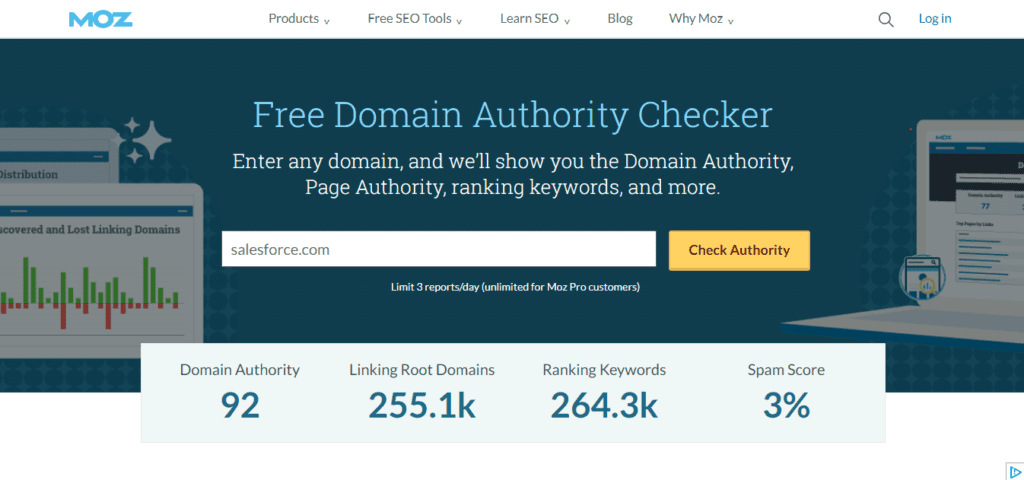
Your backlink profile is strong when the relevant and combined authority of all the referring websites are high. Therefore, you should be very strategic about the sites that you target as sources and recipients of the links. Take Salesforce.com, for example. It has a high domain authority, as you can see in the screenshot above. This means that Google trusts links from Salesforce to other domains more than links from, say, a local digital marketing agency website in Denver, Colorado.
At Tier 1 and Tier 2 levels, your outreach campaign should target the popular thought-leaders in your space. These are reputable sites with audiences who’d be interested in your content. You can confirm their authority level through a quick analysis of their backlink profile on Moz, Ahrefs, SEMrush, or the Loganix DA Checker. The higher their score, the more the link equity they stand to pass on to your site.
Diversify your backlink sources and target URLs
you should not just focus on getting backlinks from publishers in your niche. Instead, you should try to get backlinks from a variety of sources, including news platforms, directories, and forums. You should also spread your backlinks out across different pages on your website, rather than just focusing on the homepage.
When building tiered backlinks, it is important to avoid patterns that could alert search engines to link spam. To do this, you should mix up the types, niches, and domain authority of the sources you link from.
Incorporate links naturally and contextually into the content
Google closely scrutinizes backlinks, considering their placement, appearance, and relevance. To avoid penalties, backlinks should seamlessly integrate into the content, with the subject matter closely related to the linked page. Anchor text and links should be relevant to the context, as any perceived irrelevance could be flagged as spam.
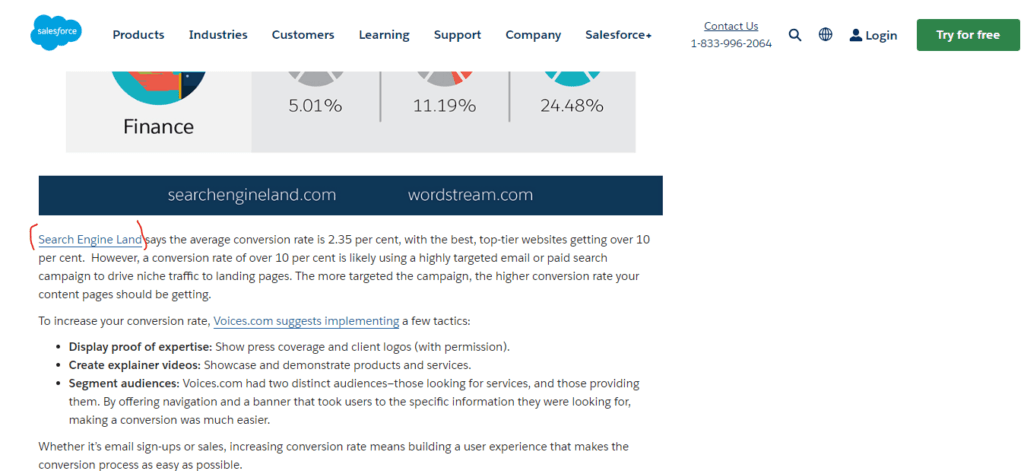
For instance, a backlink to a Search Engine Land report on link building statistics, placed within a Salesforce blog would be considered natural-appearing. Salesforce’s statement that the average conversion rate is 2.35 percent and attributing the fact to Search Engine Land’s study demonstrates a seamless connection between the two domains.
Leverage content marketing
Google Panda is a content quality algorithm that works alongside Google Penguin’s link analysis to ensure that search results are relevant and high-quality. Panda can detect the depth and language flow of content to determine if it is genuine and informative, or if it is simply meant to spam links. This means that you should not engage in tiered link building without a strong content marketing strategy.
Always use unique content when building backlinks. Google will notice if you use the same content for different posts, and you could be penalized for trying to cut corners. Make sure that your links are accompanied by high-quality, original content that has not been published elsewhere.
How To Get Started On Tiered Link Building with Manmash Consulting
Manmash Consulting is a leading provider of white hat tiered link building services. We can help you build high-quality backlinks that will improve your website’s search engine ranking and organic traffic.To learn more about our tiered link building service, please fill out the form on our contact us page or contact Manzar Mashhood, founder and CEO of Manmash Consulting on his Whatsapp +923331200550.

